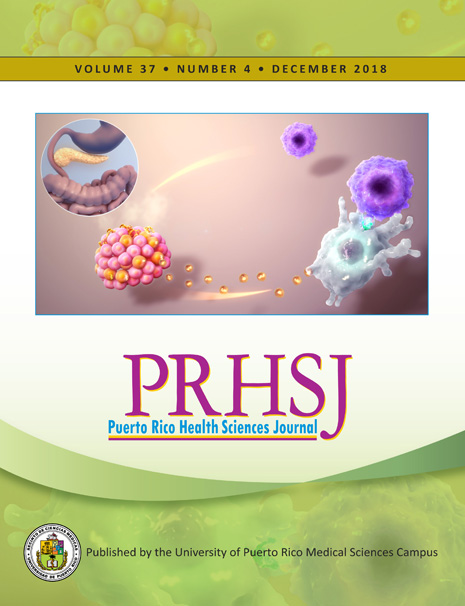Abstract
Chikungunya fever (CHIKF) is a re-emerging mosquito-borne disease caused by a virus endemic to Africa and Asia. Due to the ease with which its vectors propagate, the virus has spread to India and Europe, and more recently it arrived to the Caribbean, eventually extending into North, Central, and South America. According to the World Health Organization (WHO), the most common clinical manifestations are abrupt fever, polyarthralgia, headache, maculopapular rash, myalgia, and nausea/vomiting. Severe joint pain and stiffness have been known to incapacitate some patients from a few days to several months after infection. Fatal cases are rare, but some individuals have been known to develop severe forms of the disease that include neurological and cardiac complications and severe cutaneous manifestations. Additionally, there have been reports of infected mothers miscarrying and newborns that were infected in utero being born with congenital illnesses. Advanced age and various comorbidities have been associated with severe or atypical forms of CHIKF. Currently there are no approved vaccines for the chikungunya virus (CHIKV), and treatment aims to alleviate patient symptoms. The re emergence of the CHIKV and its spread to new places around the globe encourage the development of new preventive, diagnostic, and treatment options.
Authors who publish with this journal agree to the following terms:
a. Authors retain copyright and grant the journal right of first publication with the work simultaneously licensed under a Creative Commons Attribution License that allows others to share the work with an acknowledgement of the work's authorship and initial publication in this journal.
b. Authors are able to enter into separate, additional contractual arrangements for the non-exclusive distribution of the journal's published version of the work (e.g., post it to an institutional repository or publish it in a book), with an acknowledgement of its initial publication in this journal.
c. Authors are permitted and encouraged to post their work online (e.g., in institutional repositories or on their website) prior to and during the submission process, as it can lead to productive exchanges, as well as earlier and greater citation of published work (See The Effect of Open Access).
